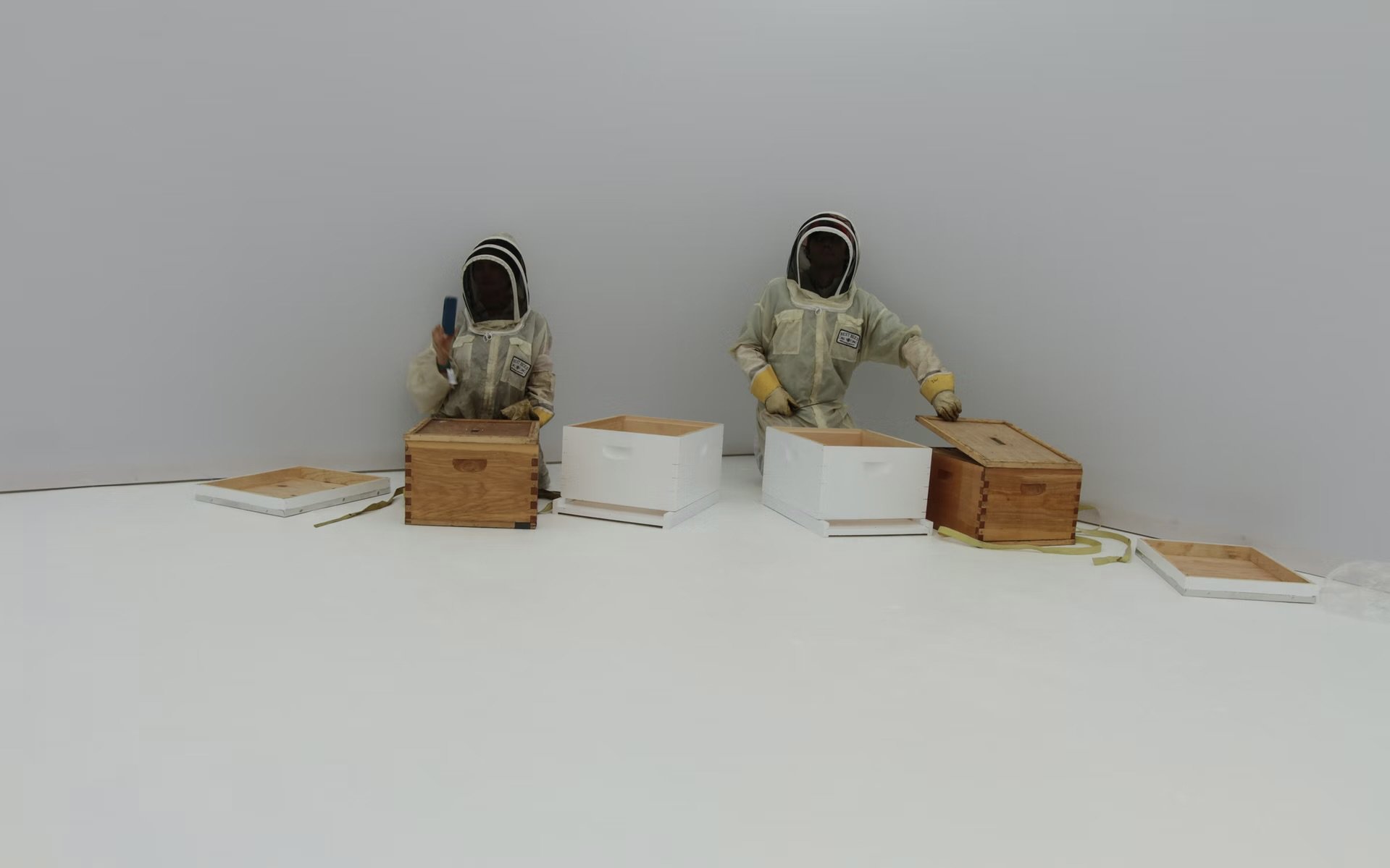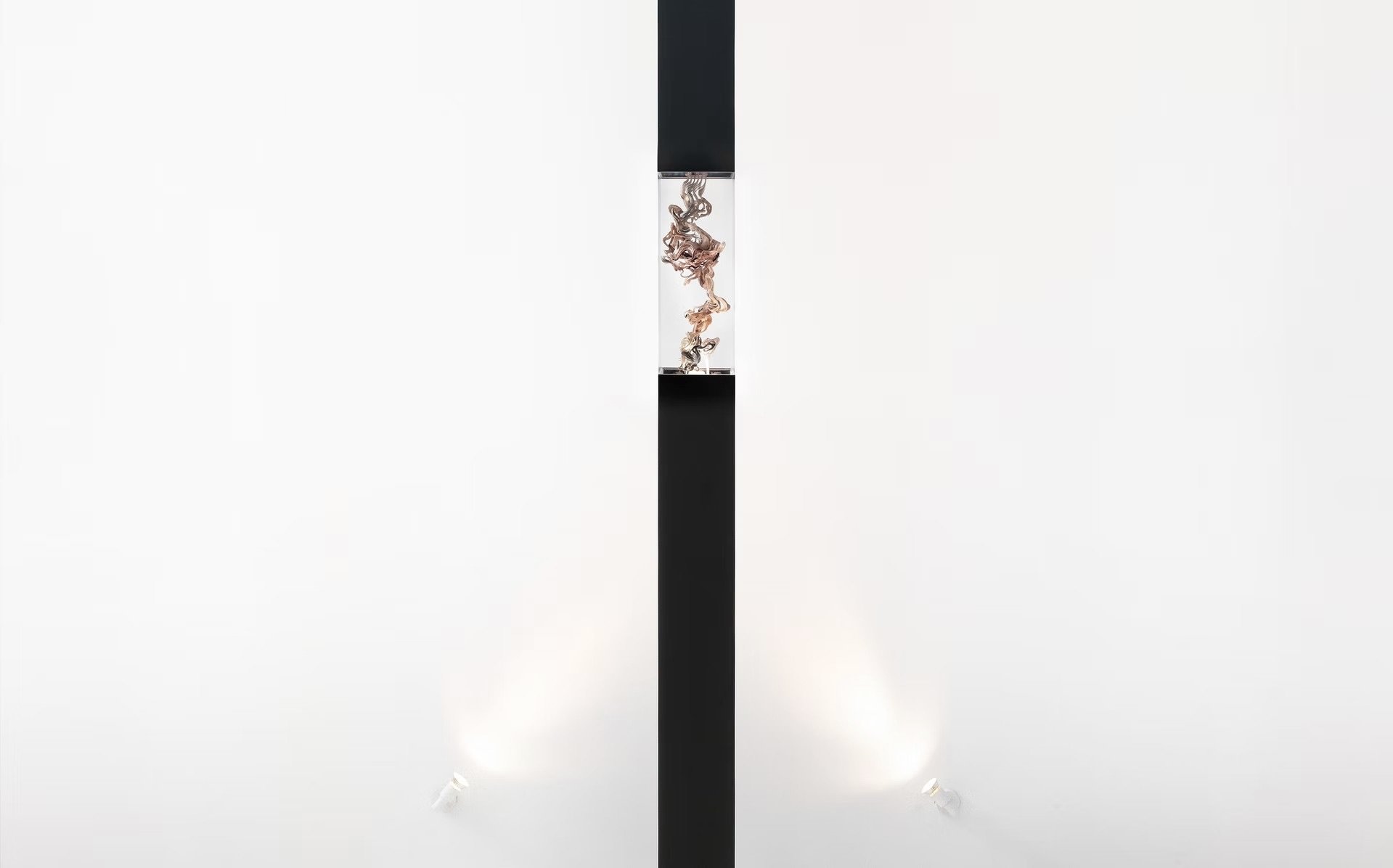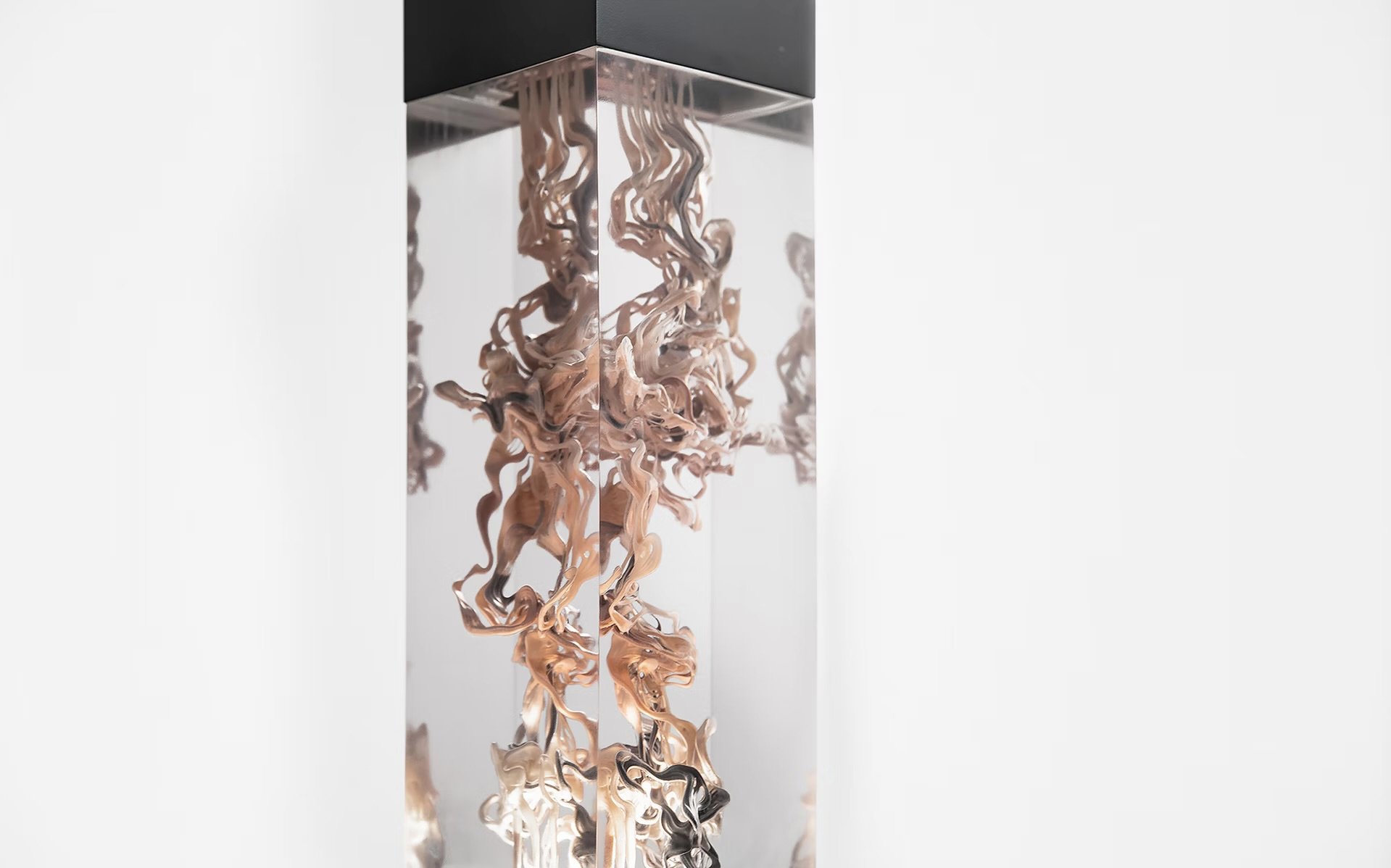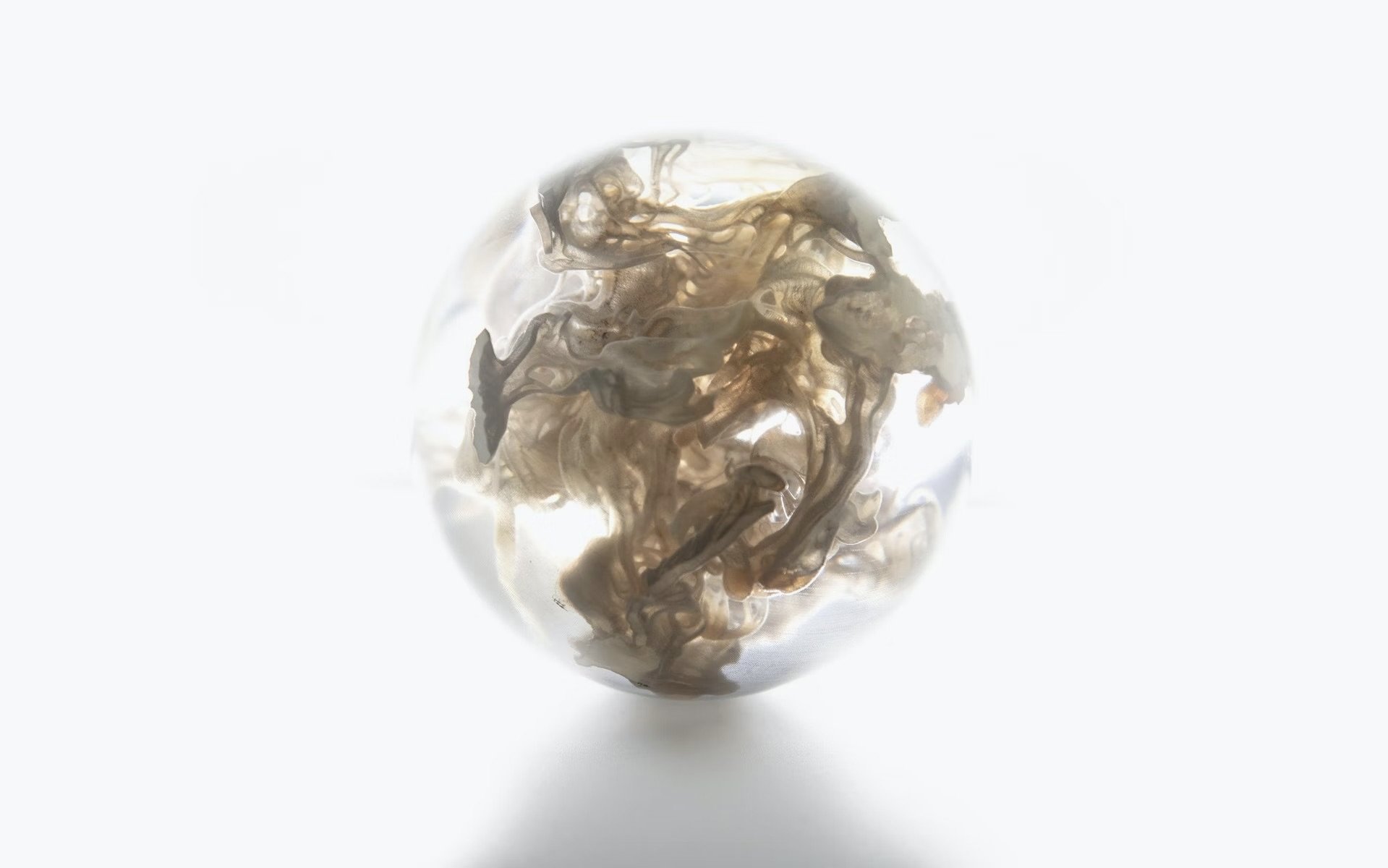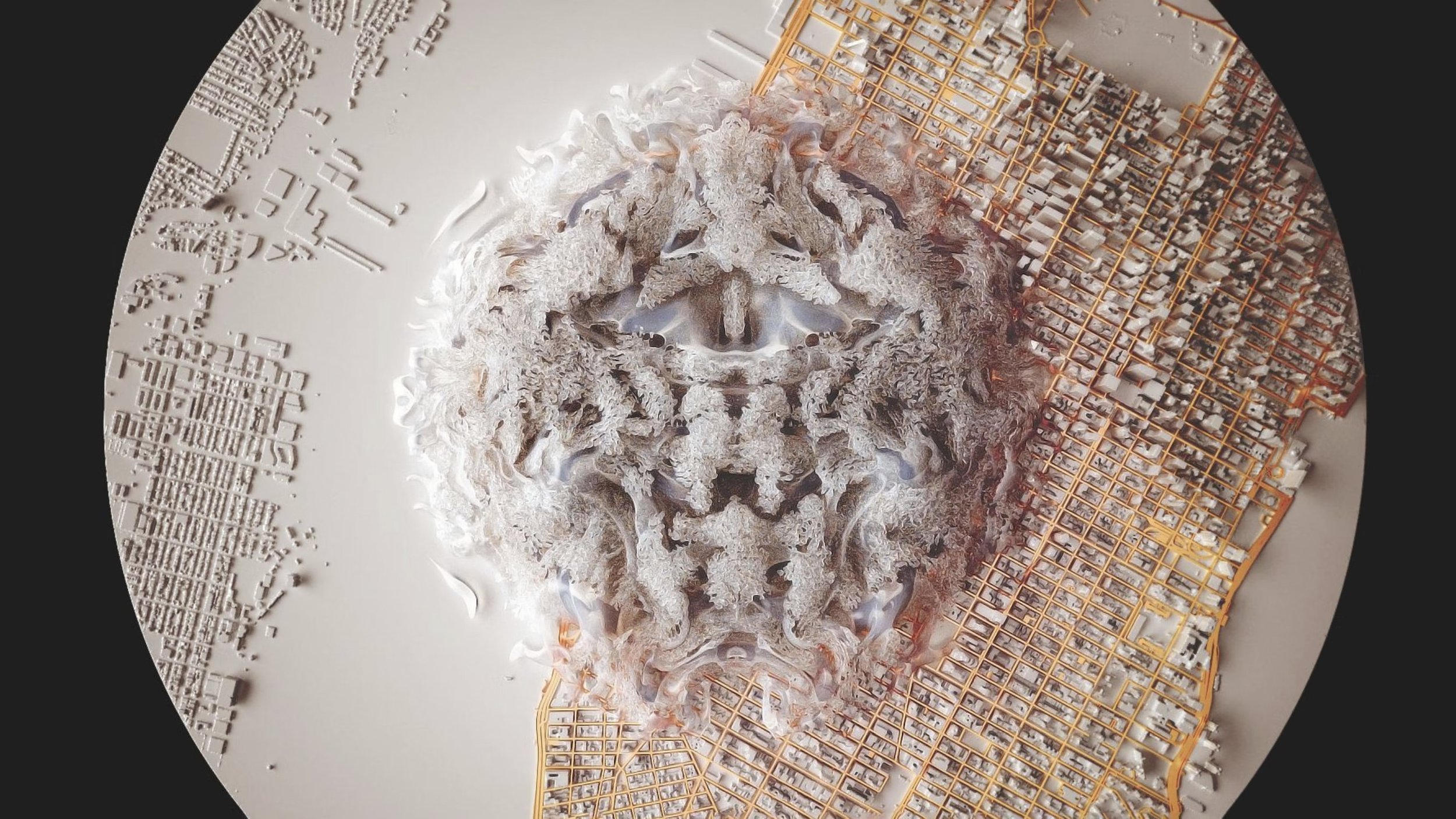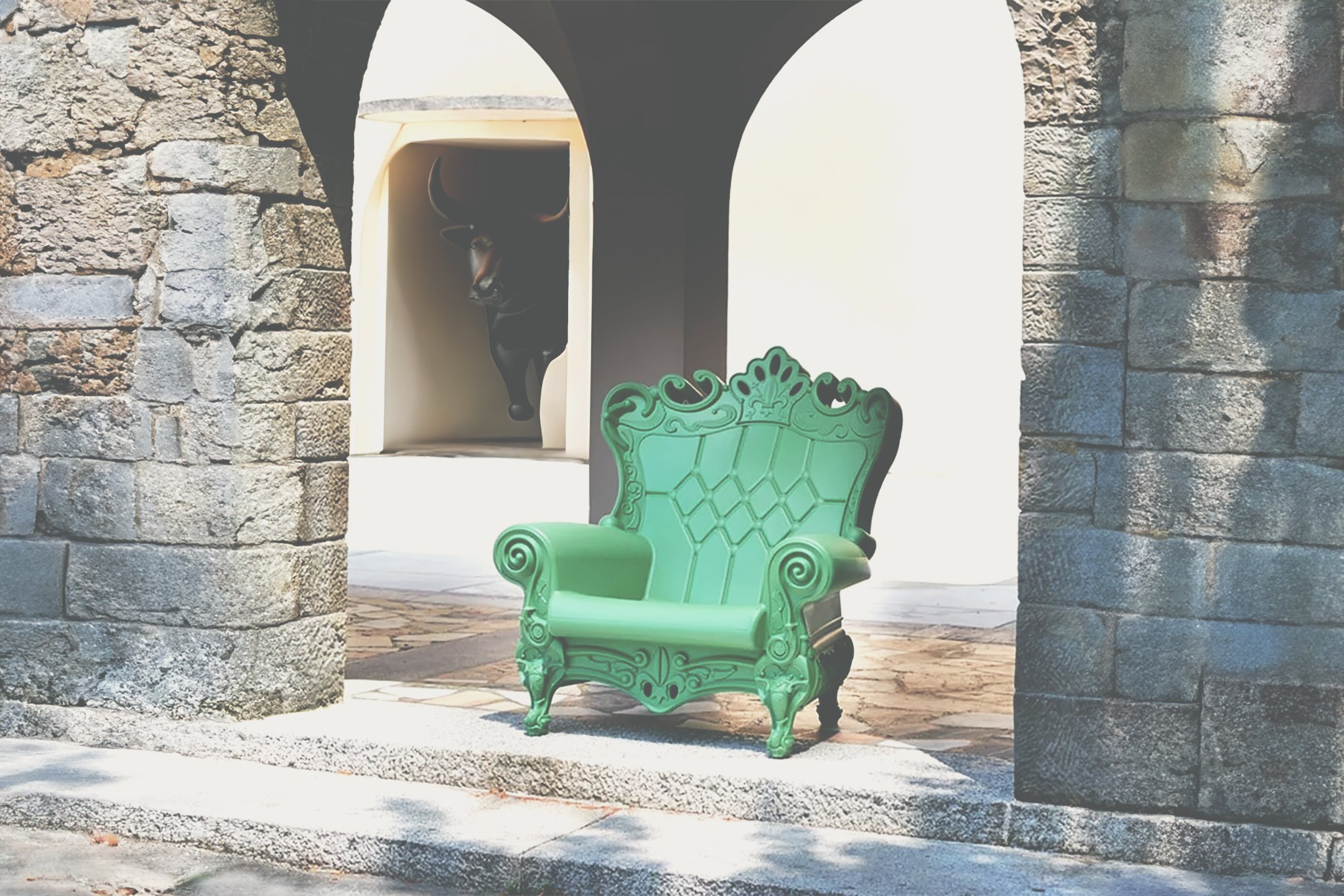DUNE:
Creative Direction
Concept Art
Key Art
Book Jacket Art
Poster Art
Vinyl Sleeve Art
Title Drop
Typography
Frank Herbert was a night editor at the San Francisco Examiner when he wrote DUNE, the best-selling science fiction novel of all time. He lived in a small house on Mississippi Street in Potrero Hill. “By writing in the mornings, I gave my best energies to myself,” Herbert said. “The Ex got the rest.”
Like The Odyssey, DUNE is the cautionary hero’s tale, but put together with all six books, it’s actually one long story about how to get humanity to think long-term — something I think about often in my own work. Here’s some conceptual work for the books and movies that set me on my career path.
DUNE EXPANDED
It could be said that David Lynch went too far in his 1984 rendering of Dune—but did Denis Villeneuve’s PG-13 vision go far enough? Between Jodorowsky’s fever dream, Lynch’s grotesquery, and Villeneuve’s austere pop lies a toothier space to play. This exploration—through concept art, revived merchandise, and new hero typography—imagines what an expanded Dune could be.
Frank Herbert's Complete Saga
DUNE: 1965
DUNE MESSIAH: 1969
CHILDREN OF DUNE: 1976
GOD EMPEROR OF DUNE: 1981
HERETICS OF DUNE: 1984
CHAPTERHOUSE: DUNE: 1985
THE DUNE SKETCHBOOK:
Soundtrack from 2XLP, Mondo
Mondo Records is an illustrious producer of vinyl pressings of film, TV, and video game soundtracks, adorned by original art by world-renowned artists. The presentation usually comes as colored or “splatter” vinyl, and released in sought-after limited editions. In terms of quality and conductibility, Mondo is one of the most important vinyl imprint today, marrying analogue sound to hand-made art and illustration.
CONCEPT ART
Proposed concept art books, and alternate poster art for the promotion and expansion of DUNE Parts I and II. Interestingly, every alienesque texture and image used across this collateral is sourced from real-world hazardous waste sites, and photomicrography of bacteria and parasites — entirely earth-bound terrors.
ENVIRONS & MATERIALS
Ecology, politics, narcotics, fashion, materials, and culture all converge in DUNE. The Spice Melange— the naturally occurring “awareness-spectrum drug”— fuels commerce, expands consciousness, and counterbalances technological reliance across the known universe. But what does Melange look like? How is it refined, traded, or abused? How might a more assertive aesthetic slant on instruments, environments, and characters reveal a sharper, more immersive, and more unsettling vision of DUNE?
TITLE DROP: Arrakeen Light
Danny Yount’s title drop for Denis Villeneuve’s DUNE relies heavily on rendered effects for legibility. This anchors the logotype in a digital space rather than the tactile, post-technology world the film depicts. The mark functions for a single title sequence but lacks the structural flexibility to scale across franchise materials, licensing, and merchandise.
A complete display typeface would resolve this. Like ALIEN’s enduring use of Helvetica Black, a more typographically grounded system could unify on-screen titles, promotional collateral, and collectible goods. The above proposed typeface, Arrakeen, addresses these gaps, offering better legibility, modular weights, and print adaptability, allowing DUNE’s visual identity to grow. in any direction.
BATTLE LANGUAGE: Chakobsa Bold
At the opposite end of the typographic spectrum is Chakobsa—a display iteration informed by modernized Sanskrit and Braille structures. It references the Atreides’ silent battle language and the desert world that shapes the DUNE universe. Where Arrakeen is utilitarian and expansive, Chakobsa is ritualistic and combative—the fanatical, battle-ready counterpoint that speaks in code rather than clarity.
SWIM IN STRANGE WATERS
These environmental composites explore the imagined interiors and exteriors of DUNE’s noble houses: an opulent Kaitain, a Spartan, Maritime Caladan, a polluted Giedi Prime, and the ascetic worlds of Rossak and Chapterhouse. Each piece blends real-world photography with AI-generated forms to create believable yet impossible spaces.
Together, they examine how myth and material culture intertwine — how places of power might actually look and feel if they existed in our world.
"Thou shalt not disfigure the soul"
—The Accumulated Book, DUNESWIM IN STRANGE WATERS
“Greatness is a transitory experience. It is never consistent. It depends in part upon the myth-making imagination of humankind. The person who experiences greatness must have a feeling for the myth he is in.”
― Frank Herbert, Dune
I’ve spent my career pursuing beauty and competing for greatness in visual design. Lately, I’ve begun to question what that pursuit serves. Does aesthetic excellence matter beyond the “priesthood of design” — or is this ultimately a service industry, where conversion is king?
When you strip it back, the work is about serving business. Sometimes we get to make beautiful things, but those moments aren’t handed to us; we have to create them.












